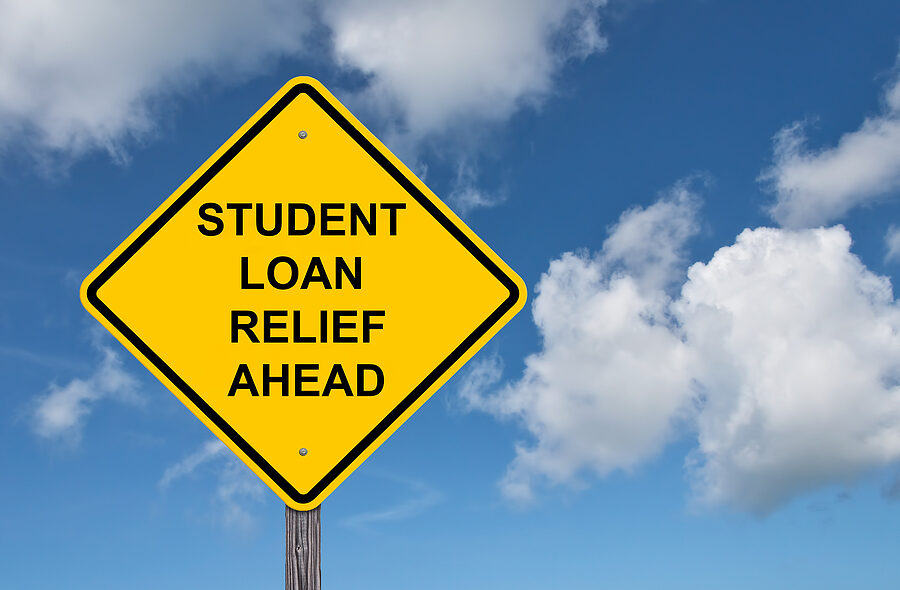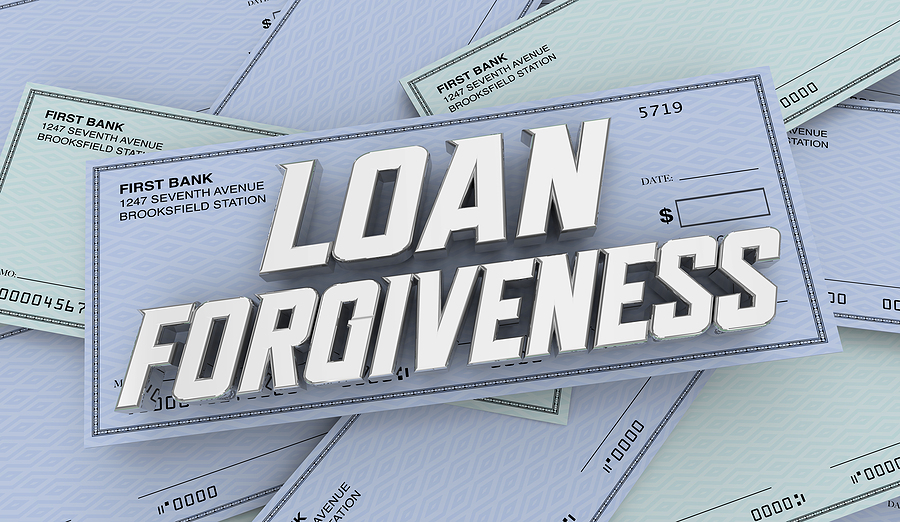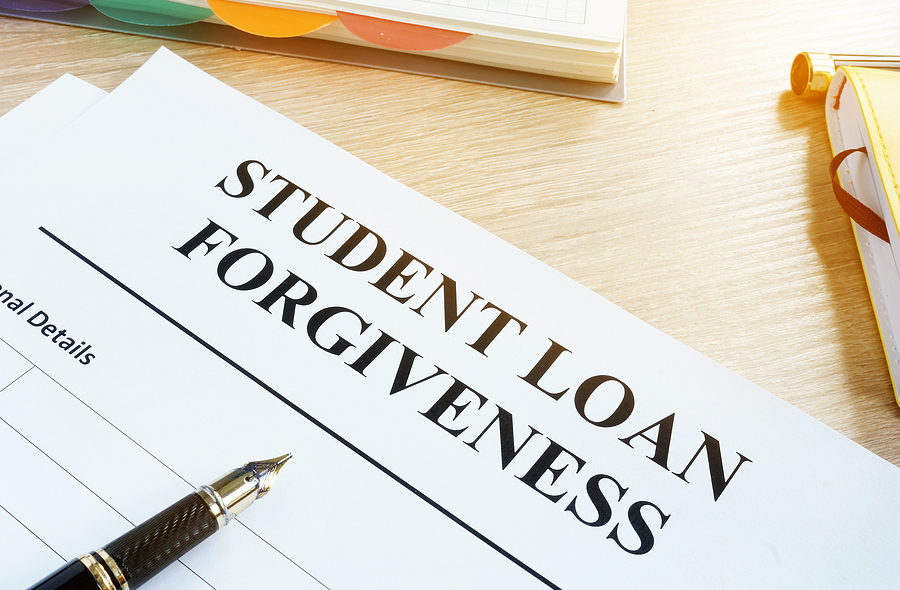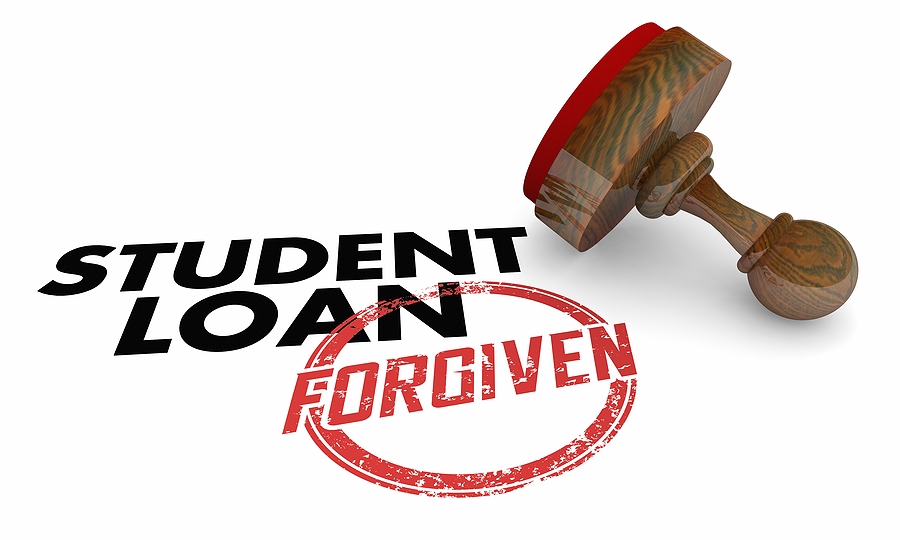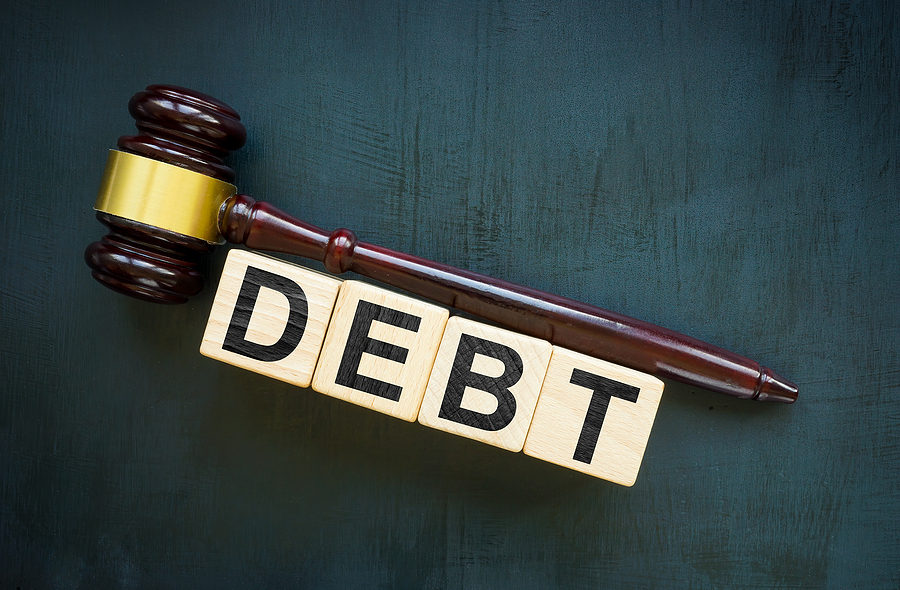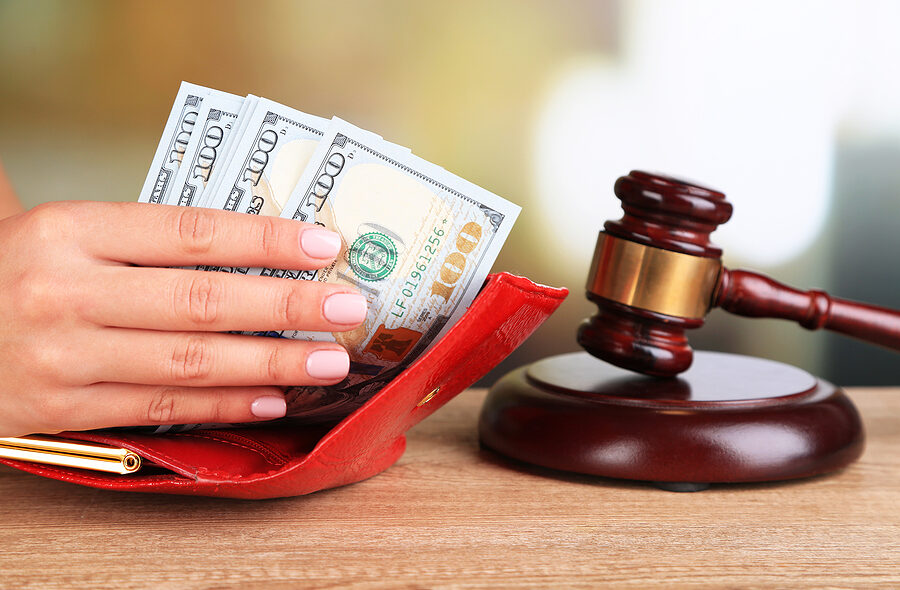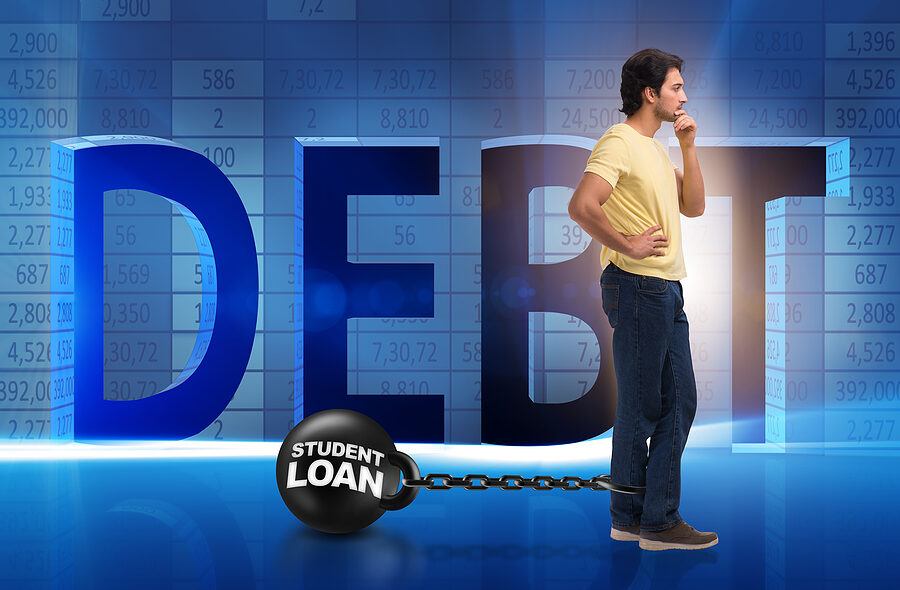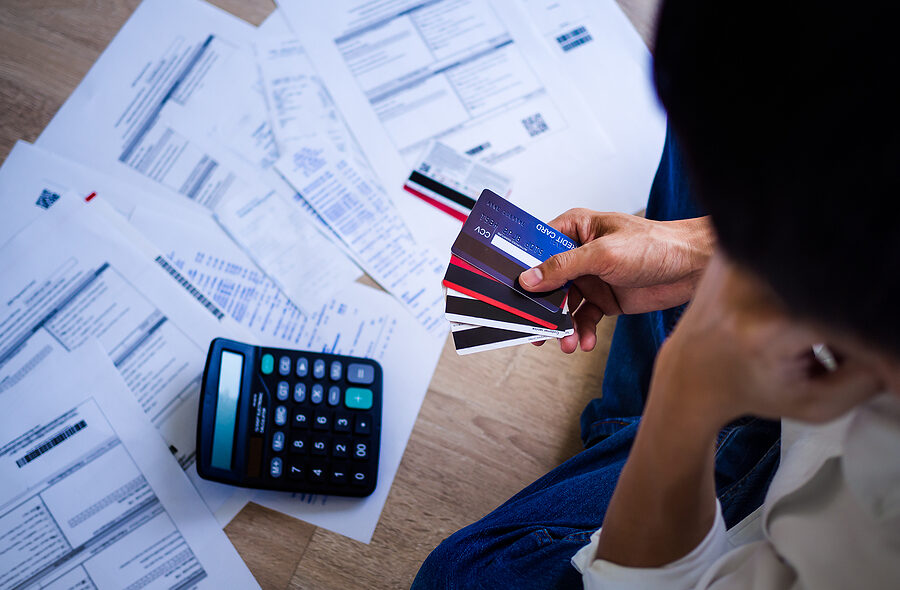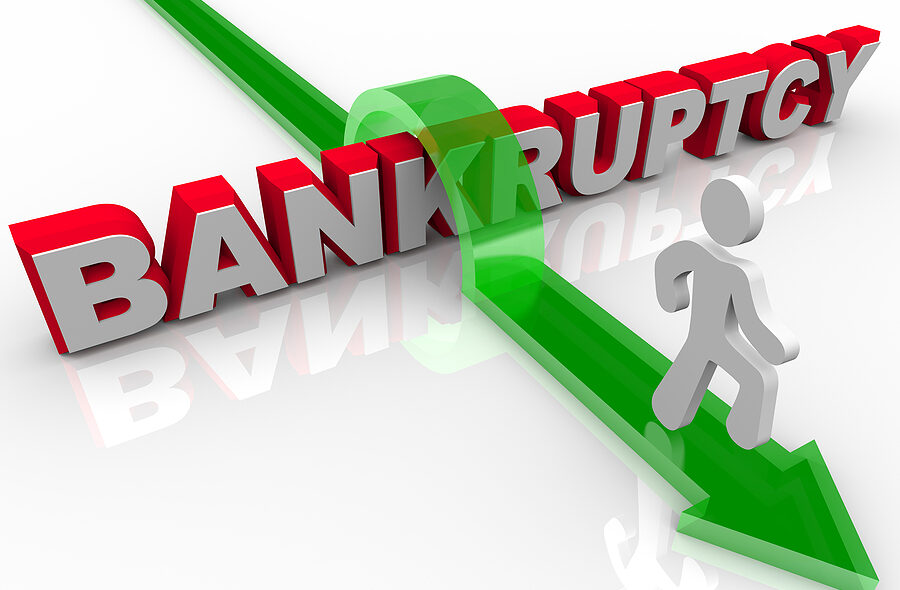The Biden administration has created new pathways for borrowers struggling to pay their federal student loans. These measures are giving cautious optimism to critics who say that financial relief is not available for those struggling with student loan debt.
The Departments of Justice and Education made an announcement regarding a new process that would allow bankruptcy borrowers to discharge their federal student loan debts. These departments stated this move will hopefully reduce what they call “unnecessarily burdensome and time-consuming” investigations.

